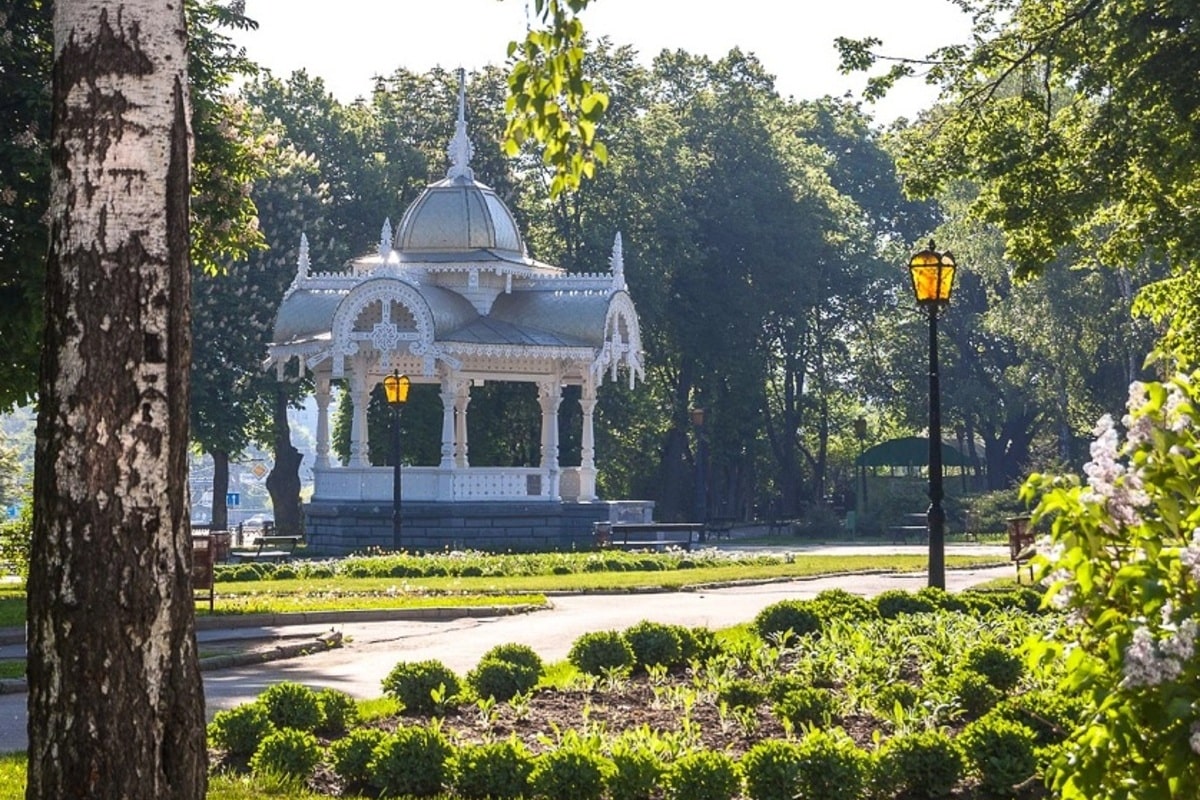Slobozhanshchyna is one of the most intriguing and lesser-known historical and geographical regions of Ukraine. It emerged as a settlement area for people seeking freedom and fleeing political or religious persecution. This region became a cultural crossroads where various ethnic influences merged, creating a unique linguistic and traditional mosaic. It has contributed significantly to Ukrainian science, literature, and culture. Here are some fascinating and educational facts about Slobozhanshchyna that you might not know.
- The name of the region originates from the word “sloboda,” which referred to a settlement of free people. In the 17th century, Cossacks and peasants began settling here to escape serfdom and oppression. The Tsarist authorities encouraged this by offering tax exemptions and personal freedom.
- Historically, Slobozhanshchyna included parts of present-day Kharkiv, Sumy, and Luhansk regions in Ukraine, as well as parts of Belgorod and Voronezh regions in Russia. This vast territory had a diverse ethnic and linguistic structure. Today, the name is mostly associated with the Kharkiv region.
- Kharkiv was the main city of the region and served as the administrative center of the Sloboda Governorate from the 18th century. It became an important hub for science and culture. In 1805, one of Ukraine’s oldest universities, Kharkiv University, was founded here.
- In the 19th century, Slobozhanshchyna played a key role in the Ukrainian national revival. Notable figures such as Ivan Kotliarevsky, Hryhorii Kvitka-Osnovianenko, and Panteleimon Kulish were active in the region. Local intellectuals were instrumental in developing Ukrainian literature and theater.
- A distinct Slobozhanshchyna dialect emerged in the region. It combines features of Central and Southern Ukrainian dialects with Russian influences. Many authors used this dialect in their literary works.
- The region’s musical heritage includes Cossack songs, ballads, and ceremonial music. Traditional instruments like the kobza, lira, and bandura were popular. Many of these traditions have survived in the region’s rural areas.
- Slobozhanshchyna experienced rapid industrial development in the 18th and 19th centuries. It became known for its handicrafts, iron casting, weaving, and ceramics production. Local fairs attracted merchants from across the Russian Empire.
- During the 1917–1921 revolution, Slobozhanshchyna became a center of intense political activity. From 1919 to 1934, Kharkiv was the capital of the Ukrainian SSR. This highlighted the region’s political importance in modern Ukrainian history.
- The region is home to numerous architectural landmarks, including the Pokrov Monastery in Kharkiv, the Transfiguration Cathedral in Lebedyn, and wooden churches in Sumy oblast. These buildings feature a blend of Baroque, Classical, and folk architecture styles.
- In 1932, Ukraine’s first electric passenger train was launched in Kharkiv. Slobozhanshchyna became a major railway hub connecting the country’s east and west. The transportation infrastructure greatly supported the region’s industrial growth.
- The village of Parkhomivka in Kharkiv region hosts a unique art museum known as the “rural Hermitage.” It includes works by Picasso, Malevich, Shishkin, and Repin. The museum was founded by a local teacher, Ivan Lykholit, together with his students.
- Slobozhanshchyna’s nature is diverse and includes forests, rivers, hills, and steppes. The Homilshanski Forests National Park protects rare plant and animal species. It is a popular destination for both recreation and scientific research.
- The region hosts many cultural events, including Kharkiv ART Weekend and folk festivals. These festivals combine modern art forms with traditional heritage. They are well attended by both locals and tourists.
- Slobozhanshchyna has produced many notable athletes, especially in boxing, football, and chess. The region is the birthplace of Serhiy Bubka and Yevhen Levchenko. Sports facilities continue to develop here since Soviet times.
These interesting facts reveal Slobozhanshchyna as a region rich in history, culture, and tradition. It plays an important role in shaping Ukrainian national identity and reflects the cultural diversity of Eastern Europe. Visiting the region offers a unique opportunity to explore both the past and the present of Ukraine’s heartland. Slobozhanshchyna combines heritage and modernity in a way that is both inspiring and enlightening.





